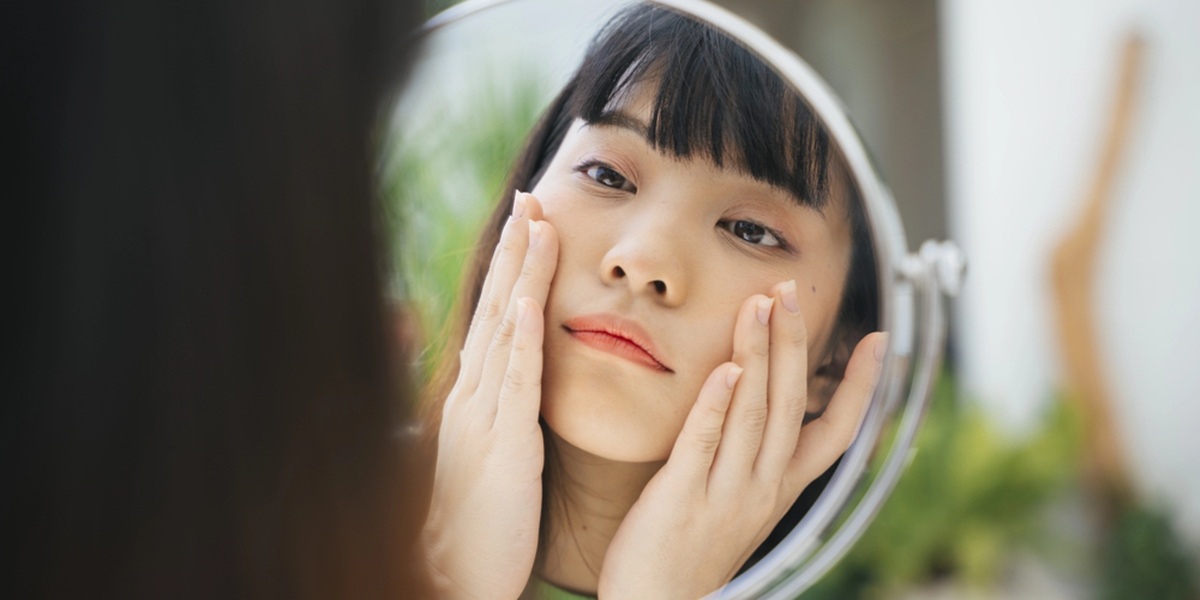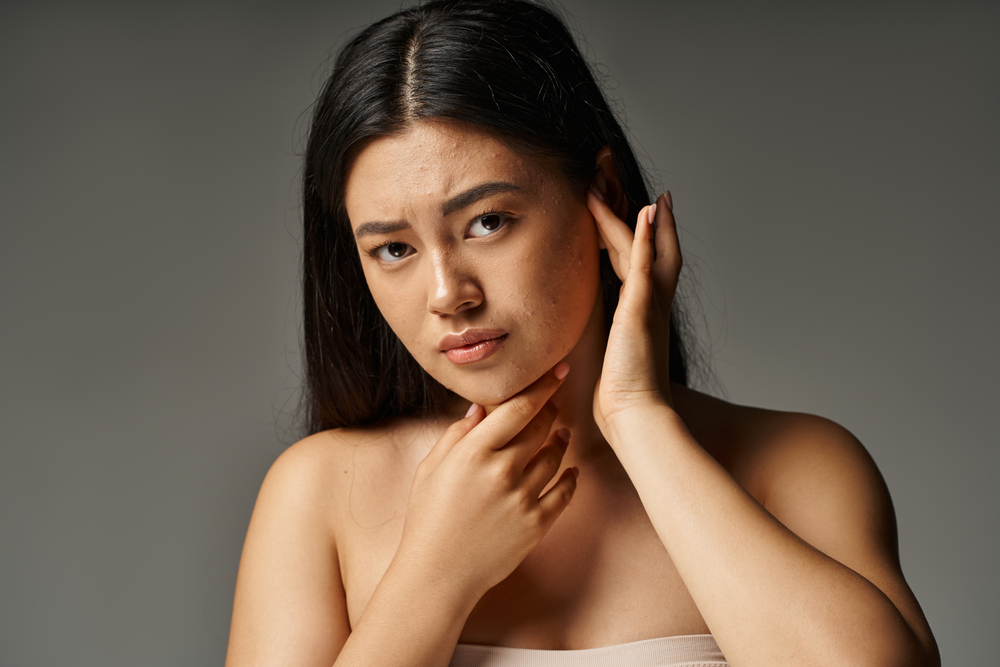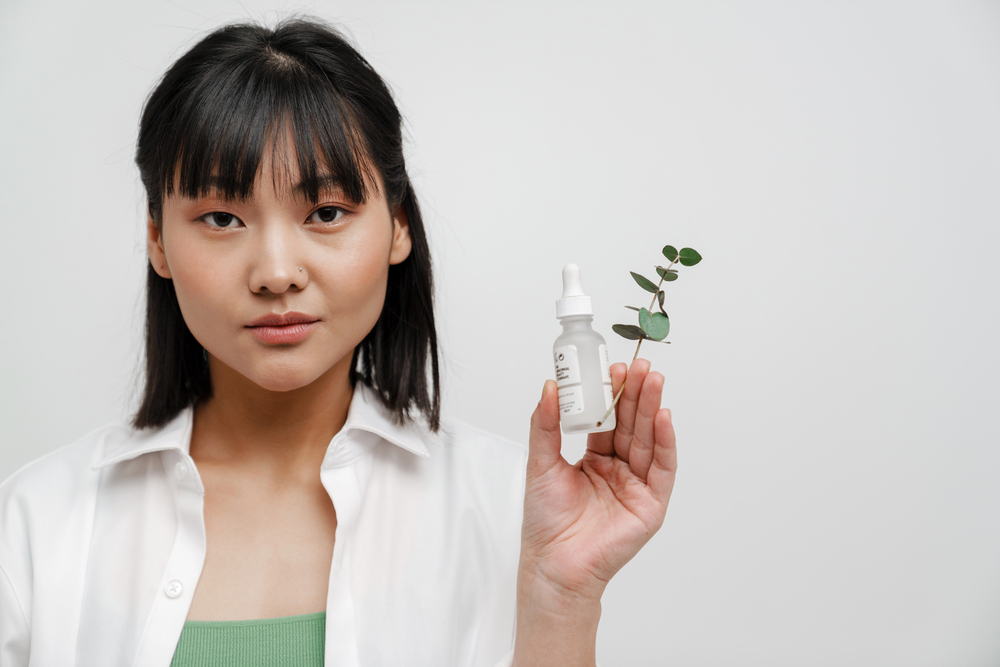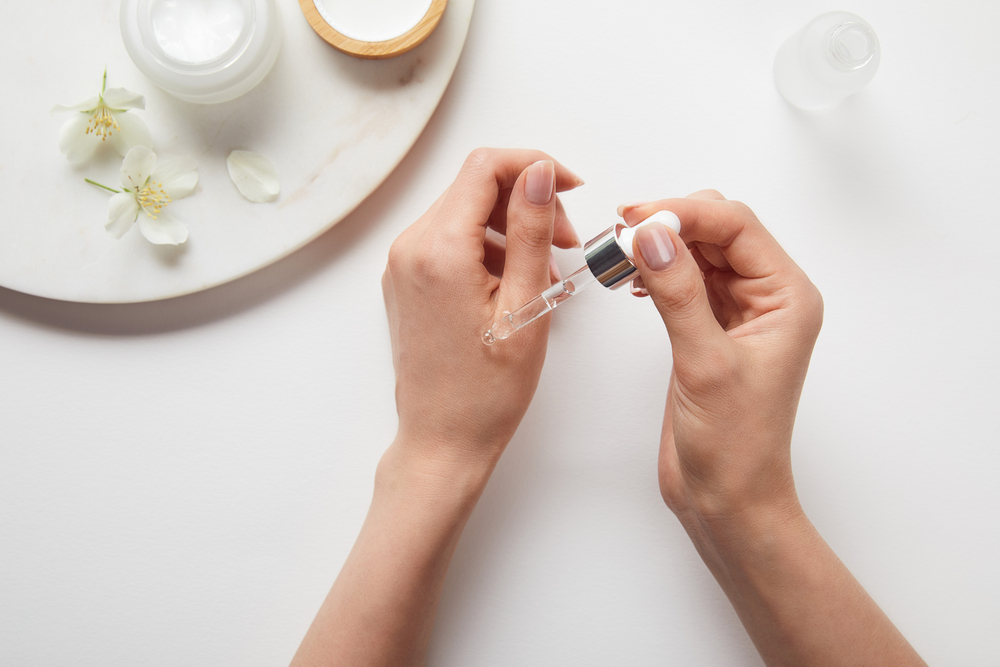List of Gentle-Hearted Zodiac Signs, Who Has the Highest Empathy?
Discover the zodiac signs with gentle hearts and loving, forgiving nature around you.

Kapanlagi.com - Bumps on the face are indeed one of the skin problems that often cause frustration. Although they may seem trivial compared to large acne or scars, bumps can also make the skin texture feel rough. This affects the evenness of makeup application and decreases self-confidence. It’s no wonder that treatments for facial bumps often become a popular search term for those experiencing this condition.
According to health site Healthline, bumps or small pimples that appear on the surface of the face are caused by various skin issues. These small pimples can be white or red, with either a smooth or rough texture. For some people, these small pimples can also lead to hyperpigmentation or the appearance of dark spots on the face. Most bumps appear on the forehead area, but it's also possible for them to appear on other areas of the face.
Many people are confused in searching for quick solutions, but end up worsening their skin condition due to choosing the wrong products. This is where it becomes important to choose the right skincare products according to your skin condition. It's not just about trying viral products, but understanding your skin's needs and how the active ingredients in skincare work.
Are you also one of those who are confused about choosing treatments for bumpy skin? This article will thoroughly discuss what bumpy skin is, its causes, and how to choose and organize a skincare routine that can effectively help address this issue.

Illustration of bumpy skin. (c) AllaSerebrina/Depositphotos.com
Unlike acne, which is usually red and inflamed, bumpy skin generally has the same color as the skin but still makes the facial texture appear uneven. According to Medical News Today, the causes of this skin condition are quite varied, but the most common is the buildup of dead skin cells on the skin's surface.
Comedones are one of the skin conditions caused by the buildup of dead skin cells that trigger bumps on the skin. According to Joel Schlessinger, MD, a board-certified dermatologist in Omaha, United States, there are 2 types of comedones that commonly appear: blackheads and whiteheads. Both can cause the texture of facial skin to become uneven, known as bumpy skin condition.
In addition to the buildup of dead skin cells, other factors such as stress, diet, hormonal changes, and poor facial hygiene can also worsen the bumpy skin condition.
It is important to understand that bumpy skin is not something that can disappear overnight. Consistency and patience in skincare are necessary, starting from understanding the main causes to choosing the right and safe skincare for bumpy skin.

Illustration of skincare for bumpy facial skin. (c) Vadymvdrobot/Depositphotos.com
Bumps are a signal that the skin is experiencing a disturbance, whether due to an imbalance in oil production, irritation, or clogged pores. The right skincare can be a solution because it is designed to repair the skin's protective barrier, cleanse the pores, and soothe mild inflammation.
However, it is important to remember that not all skincare products are suitable for all skin types. Some people actually experience breakouts because they use too many active ingredients or do not react well to certain components. That is why it is important to understand the ingredient list and choose products with a lightweight yet effective formula.
With the right selection and usage, skincare can restore skin balance, improve texture, and gradually eliminate bumps.

Illustration of skincare ingredients for bumpy facial skin. (c) AntonMatyukha/Depositphotos.com
To address bumpy skin, it's important to understand the active ingredients in skincare that have been proven effective. Here are some recommended skincare formulas that you can try.
a. Salicylic Acid (BHA)
This ingredient is very effective for cleansing pores from within as it can dissolve in oil. It works by penetrating clogged pores, dissolving accumulated sebum and dirt, and helping to reduce mild inflammation. Salicylic acid is highly recommended for oily or combination skin types.
b. Niacinamide
In addition to strengthening the skin barrier, niacinamide helps balance oil production, brighten the skin, and soothe mild irritation. Its anti-inflammatory effects are also beneficial for alleviating redness caused by bumpy skin. This content is suitable for daily use because it is gentle and safe for almost all skin types.
c.Centella Asiatica
Also known as 'cica', this plant contains compounds that soothe and accelerate skin regeneration. It is suitable for sensitive skin or skin in a state of mild inflammation. Products with centella asiatica also help relieve itching and speed up the healing of minor wounds.
4.Lactic Acid (AHA)
This AHA has larger molecules than glycolic acid, making it work more gently on the skin's surface. It functions to exfoliate dead skin cells without causing excessive irritation. As a bonus, lactic acid is also humectant, which helps maintain skin moisture.
5. Clay (Kaolin or Bentonite)
This ingredient is effective for absorbing excess oil while detoxifying the skin. Clay-based masks help cleanse pores and prevent the emergence of new breakouts. However, it should only be used 1-2 times a week to avoid overly drying the skin.

Illustration of treatment for bumpy facial skin. (c) makidotvn/Depositphotos.com
It is important to prioritize the gentleness and effectiveness of the products when applying treatments for bumpy skin on the face. To achieve optimal care, here is a complete routine you can follow starting now.
a. Morning and Evening Cleansing
Use a gentle cleanser with a balanced pH and free from irritating ingredients like alcohol or synthetic fragrances. The goal is to cleanse without disturbing the skin's natural balance.
b. Skin Exfoliation 1-2 Times a Week
Choose a chemical exfoliant like salicylic acid or lactic acid as part of the treatment for bumpy skin. Avoid harsh physical scrubs as they can cause irritation and small wounds on the skin. If you are still a beginner, start with a frequency of once a week to see the skin's response or reaction.
c. Toner
Choose a soothing and moisturizing toner. Ingredients like hyaluronic acid, rose water, witch hazel, or calendula can help reduce inflammation while preparing the skin for the next skincare products.
d. Serum
Focus on serums that contain niacinamide, centella asiatica, or a combination of lightweight active ingredients to maximize your routine for bumpy skin. Use the serum regularly to target specific issues such as rough texture or mild inflammation.
e. Moisturizer
Use a moisturizer daily to maintain skin hydration. Choose a lightweight formula such as a gel-cream or water-based lotion that won't clog pores. Ingredients like panthenol, allantoin, and ceramide are also good for strengthening the skin's protective barrier.
6. Sunscreen
Do not skip using sunscreen every morning before activities, even if you are only doing indoor activities. Use sunscreen with a minimum SPF of 30. Choose a lightweight and non-comedogenic sunscreen to prevent pore blockage that can worsen breakouts.
Treating the face with the right skincare can indeed help address the issue of bumpy skin. However, make sure to avoid these mistakes that could actually worsen the condition of your skin. What are they?
- Exfoliating Too Often
Excessive exfoliation can wear away the skin's protective layer. As a result, the skin becomes more sensitive and prone to irritation. Limit exfoliation to 2-3 times a week and do not combine it with other exfoliating products.
- Not Using Moisturizer
Dry skin will respond by producing more oil, which can actually worsen bumpy skin. Use a moisturizer even if your skin is oily.
- Using Too Many Active Products
A combination of active ingredients such as retinol, AHA/BHA, and vitamin C at the same time without supervision can overwhelm the skin. Start with one active ingredient and observe the skin's response.
- Ignoring the Cleanliness of Items that Touch the Face
Makeup brushes, pillowcases, towels, and even phones can be breeding grounds for bacteria. Regularly washing or cleaning these items can prevent the emergence of new bumps.
If you have tried various facial care products for your bumpy skin but have seen no changes in 4-6 weeks, or if the condition worsens, it is advisable to consult a dermatologist. Especially if you are experiencing any of the following skin issues:
- Bumps accompanied by redness, itching, or a burning sensation
- Skin feels extremely dry or is peeling severely
- Unusual spots or lumps appear
A dermatologist can help diagnose whether the bumps you are experiencing are purely due to skincare or if there is another medical condition such as dermatitis or fungal acne. This way, you can receive the appropriate treatment steps.
Choosing the right skincare and care routine for bumpy skin can help address this issue. The key is to be disciplined in applying good skincare habits to care for your skin and to invest in using products with the ingredients your skin needs. Let’s start implementing this from now on, KLovers!
(kpl/wri)
Cobain For You Page (FYP) Yang kamu suka ada di sini,
lihat isinya
Discover the zodiac signs with gentle hearts and loving, forgiving nature around you.
Learn the characteristics of people who lie while speaking so that you are not deceived by their words.
Find out the signs of someone who is lying in chat to make your communication more effective and honest.
Discover professions that cannot be replaced by AI, from artists to doctors, and recognize the importance of human skills.
Discover various effective natural methods to drive lizards out of your home using simple ingredients.
Denpasar is the capital of Bali Province and its status as a municipality attracts the attention of many people.
Here are five Netflix series of various genres that you can try based on your mood and taste.
This cluster of islands is very close to Aceh, especially Weh Island, you know.
Christmas Island is a small island located in the Indian Ocean and is part of Australia's administrative territory.
Discover quick and effective ways to eliminate the bitter taste of bitter melon with various proper soaking methods.
Discover six effective ways to maintain calm amid the uncertainties that often come your way.
Food on airplanes often tastes bland due to scientific factors that affect our sense of taste.